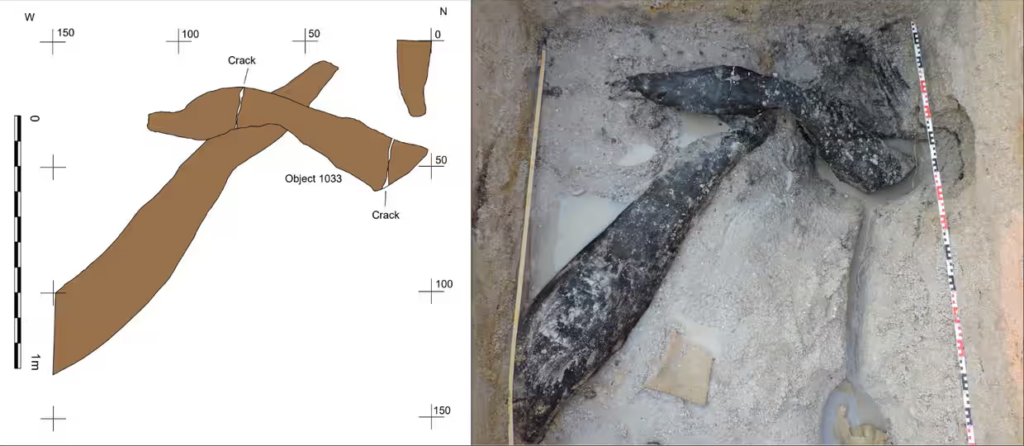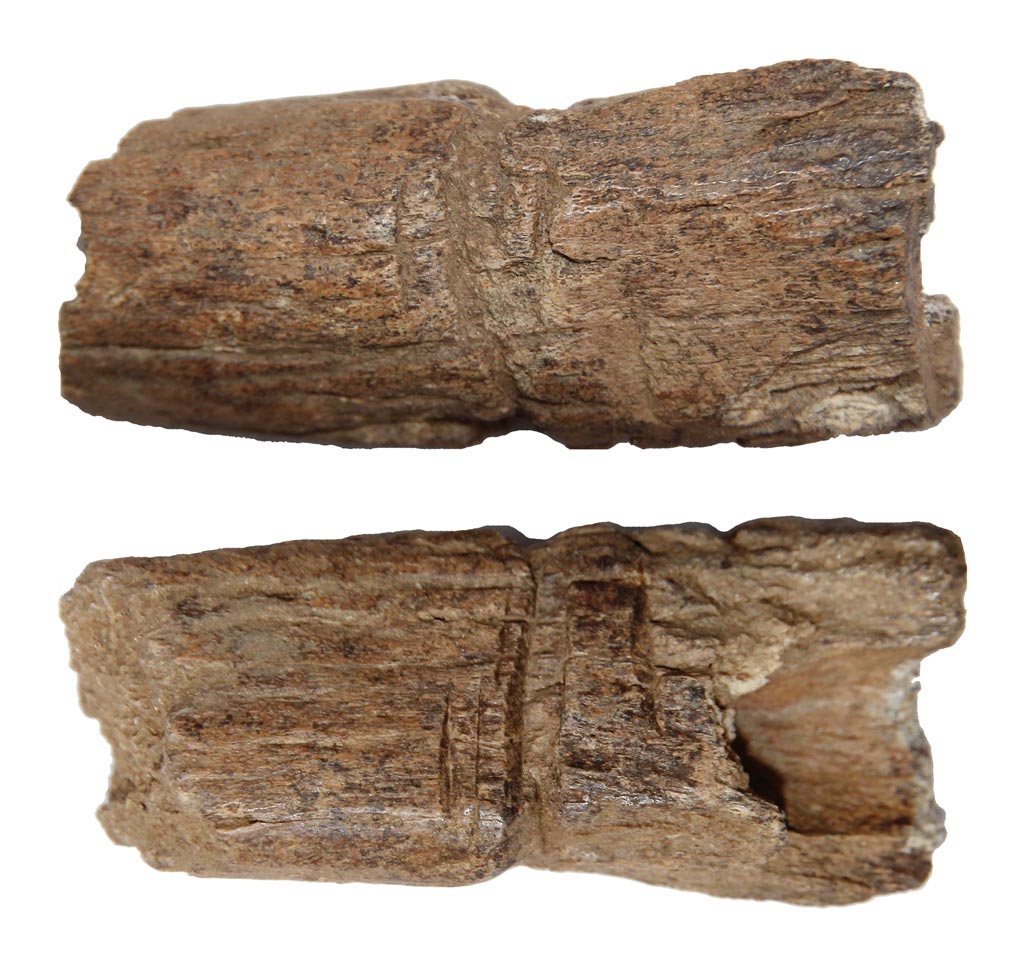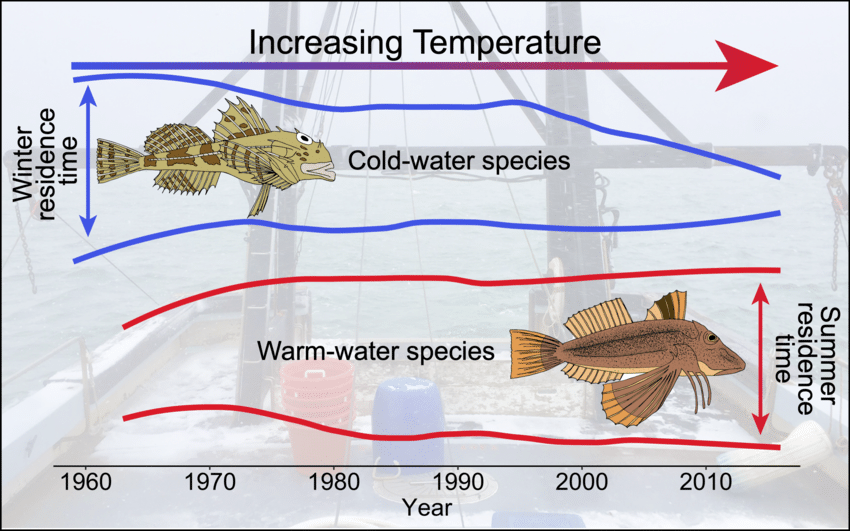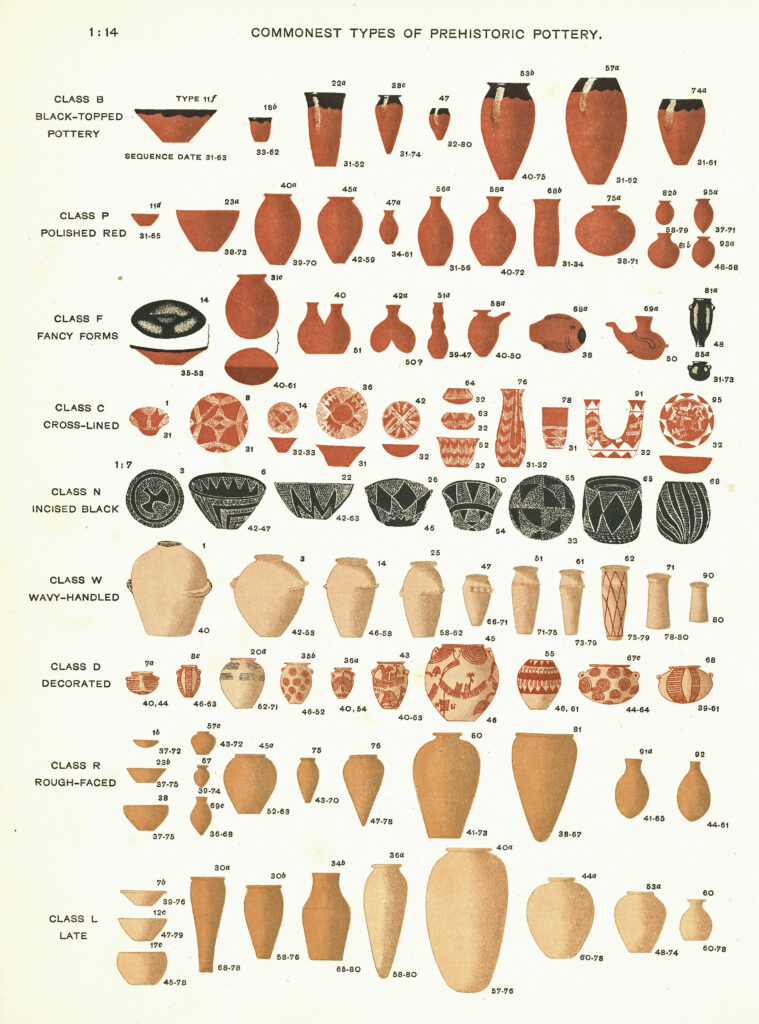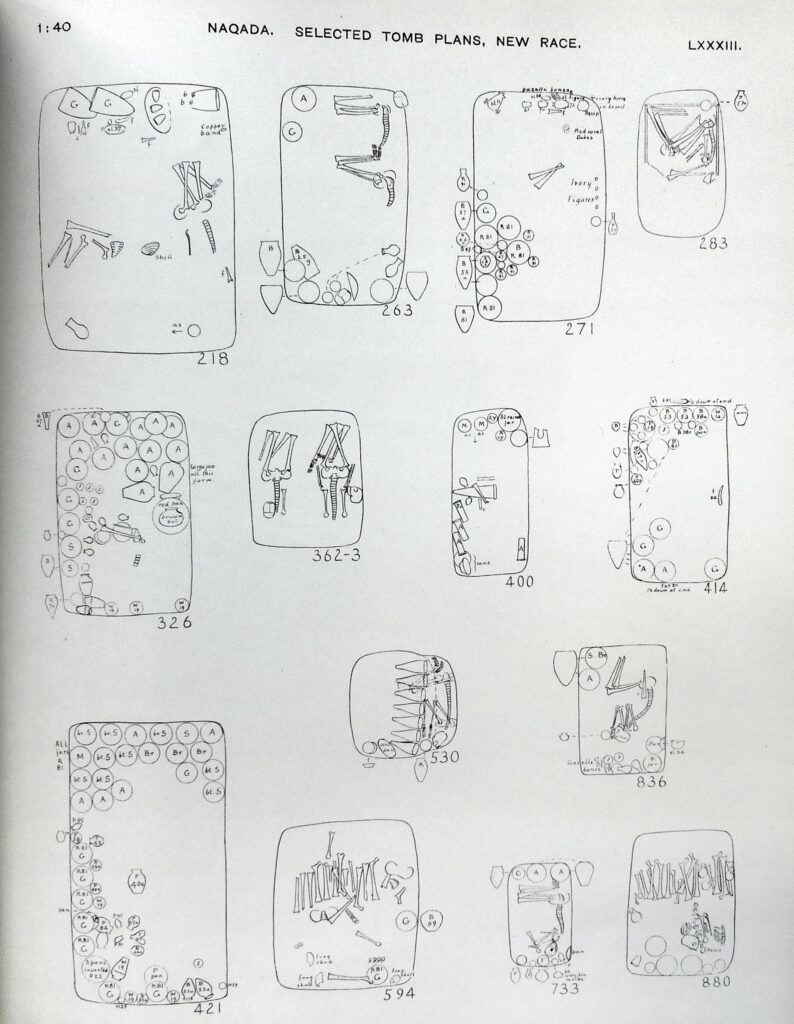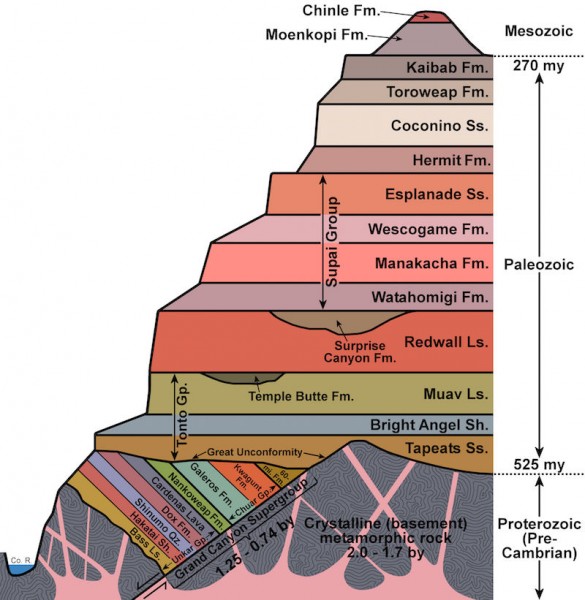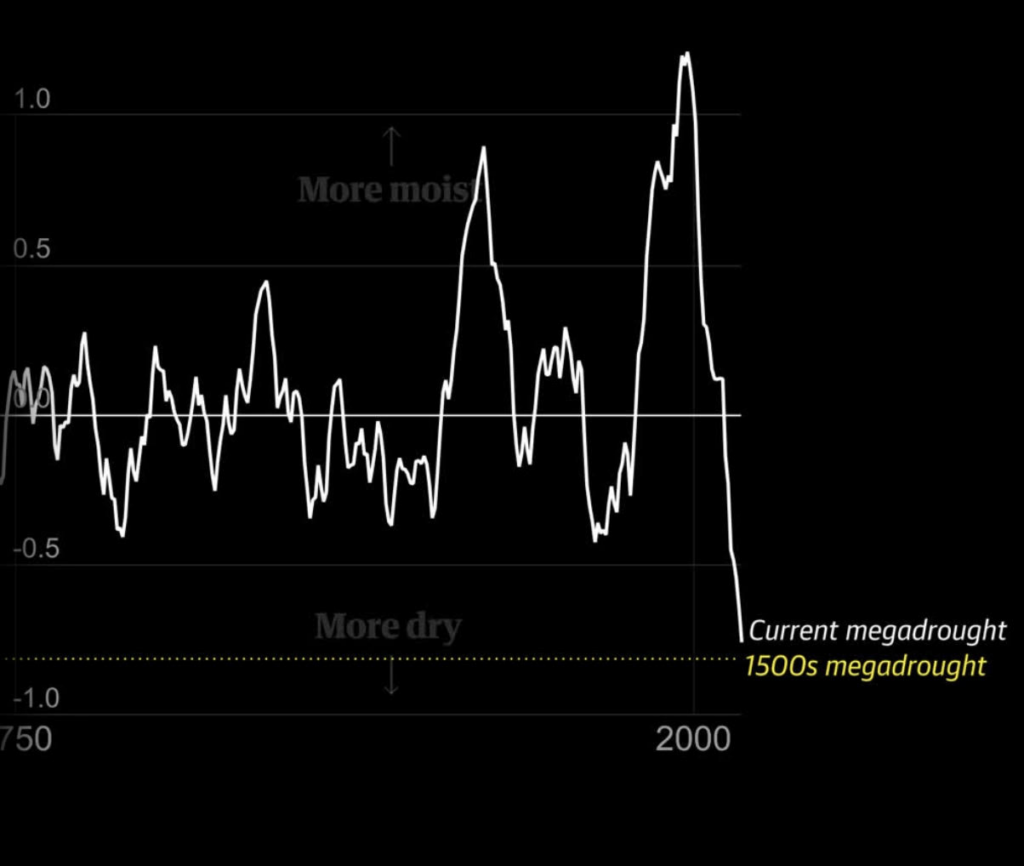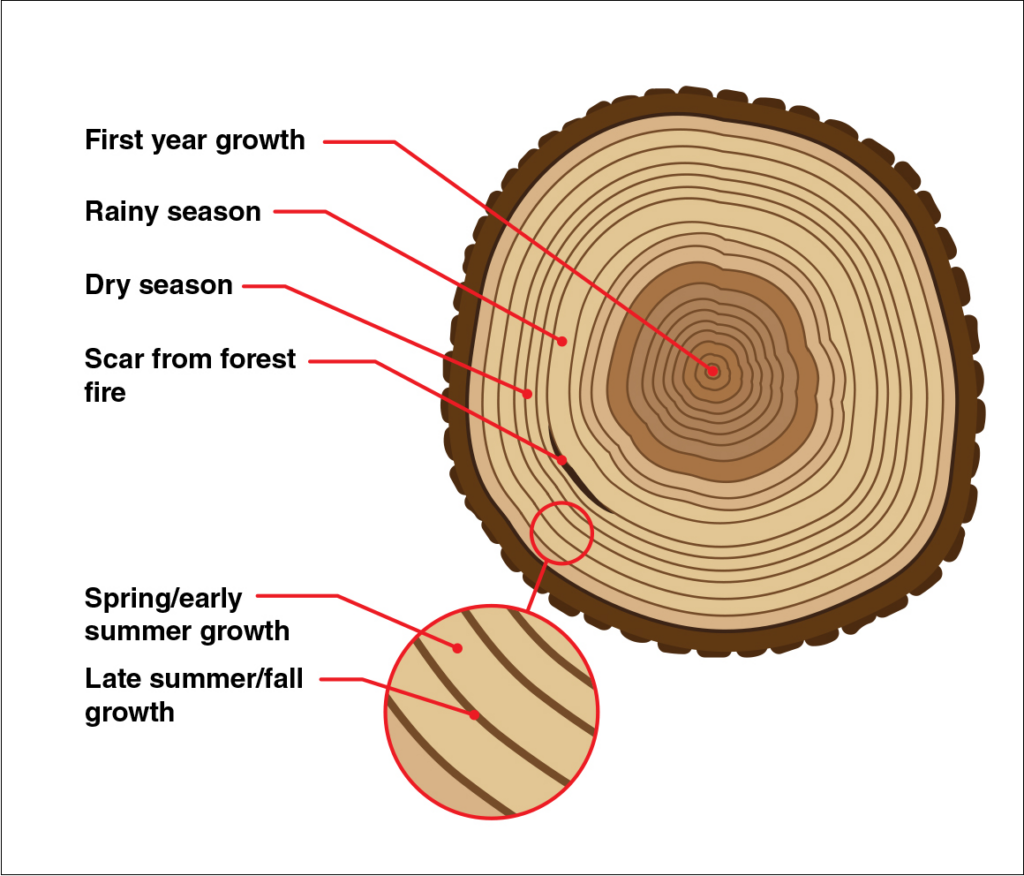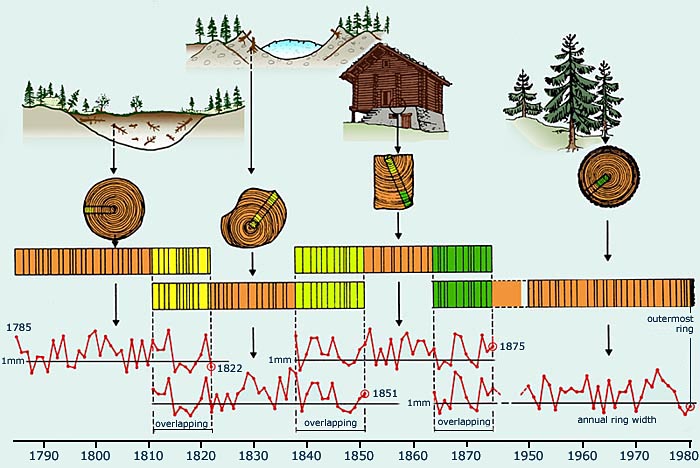Hunter-gatherer groups, also referred to as “bands,” are the first classification level of societies. In general, hunter-gatherer societies are mobile communities comprised of approximately 100 members. These communities are defined by their patterns of movement. These patterns of movement are directly tied to the seasons thereby allowing them to better hunt for food. Large areas of land are essential for this nomadic way of life. The large sums of land support and supply them with a diverse array of wildlife which they can then use to feed the members of their community. Additionally, the bands live in temporary, movable shelters as they do not settle in one area for a long period of time (National Geographic, n.d.).
One particular group of hunter-gatherers has been identified as the San people of Africa. The San are the earliest known hunter-gathers and established themselves within the region of the Kalahari desert. Within their bands there was no established hierarchy. Disputes between individuals or families were settled through open discussion. Additionally, no single individual had sole ownership of any track of land. Instead, the land that they settled was held by the community who resided on it for the common good (KrugerPark, n.d.).
The primary tool that the San used in hunting was the bow and arrow, seen in Figure 1. The arrow did not directly kill the animal. Instead, a portion of the tip of the arrow was coated in poison (Marshall, n.d.). This poison was a neurotoxin that took some time to incapacitate the prey. It should be noted that the poison did not spread throughout the animal but remained in the area closely associated with the arrow strike. This area was cut out and excised so that the remainder of the animal could be used to feed the San. The poison did not spread throughout the animal (KrugerPark, n.d.).
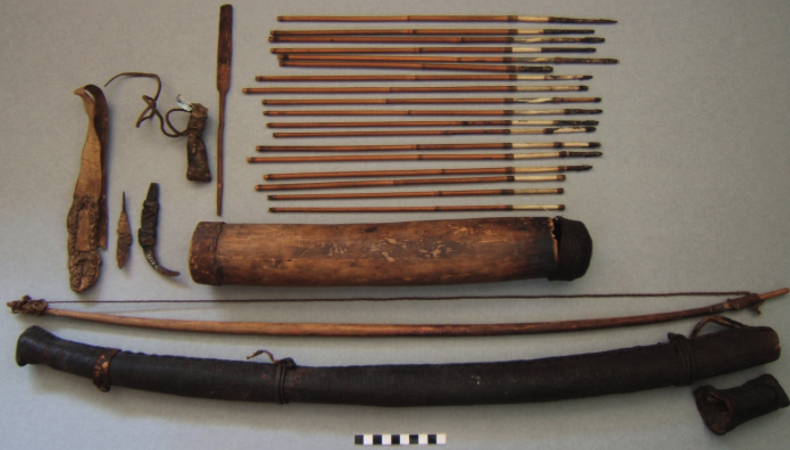
The San’s diet was very diverse and consisted of anything that provided sustenance. It ranged from vegetable matter to meat from zebras, fish, lions and even insects. No part of the animal went to waste. The meat was eaten, the hides were used for clothing and everyday life. And even the bones were consumed for their marrow (KrugerPark, n.d.).
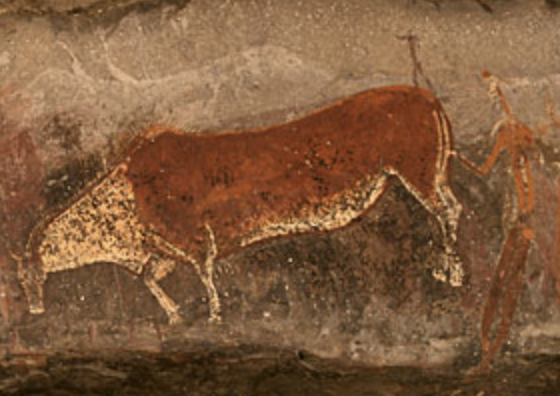
The San rock art, seen in Figure 2, has been discovered in the KwaZulu-Natal, Eastern Cape and the Western Cape provinces (KrugerPark, n.d.). Much of the art depicts bodies in motion whether they be animal or human. The art holds deep spiritual and religious meaning and does not symbolize day to day life. Instead, their art is a vehicle that is used to communicate with the spirit world (Vea, 2011). The primary color employed in the rock art was red. This was interspersed with a spattering of yellow, white, brown and black (KrugerPark, n.d.).
While not a complete description of the many facets of San society, the within provides a small window into important aspects of the San’s everyday life.
Further Research Links:
https://blog.sa-venues.com/provinces/san-rock-art-in-south-africa/
https://www.zmescience.com/science/news-science/bushmen-poison-hunting-052543/
References:
“Hunter-Gatherer Culture.” n.d. https://education.nationalgeographic.org/resource/hunter-gatherer-culture.
Marshall, Micheal. n.d. “First Poison Arrows May Have Been Loosed 70,000 Years Ago in Africa.” New Scientist. https://www.newscientist.com/article/2250799-first-poison-arrows-may-have-been-loosed-70000-years-ago-in-africa/.
“San – Bushmen – Kalahari, South Africa…” n.d. https://www.krugerpark.co.za/africa_bushmen.html.
Vea, Tanner. 2011. “Drakensberg: Barrier of Spears ~ San Rock Art of the Drakensberg | Nature | PBS.” Nature. March 2, 2011. https://www.pbs.org/wnet/nature/drakensberg-barrier-of-spears-san-rock-art-of-the-drakensberg/4634/.


